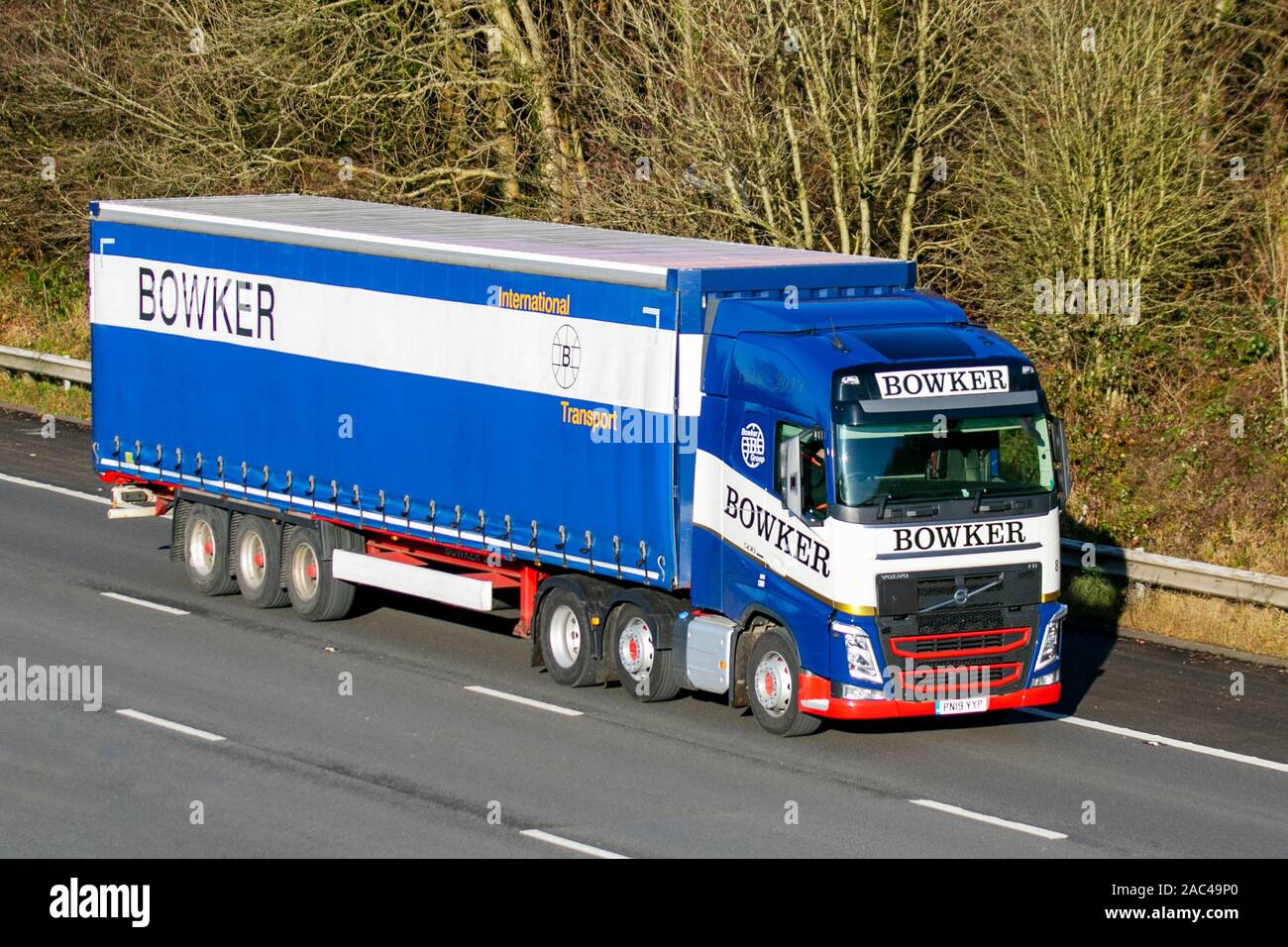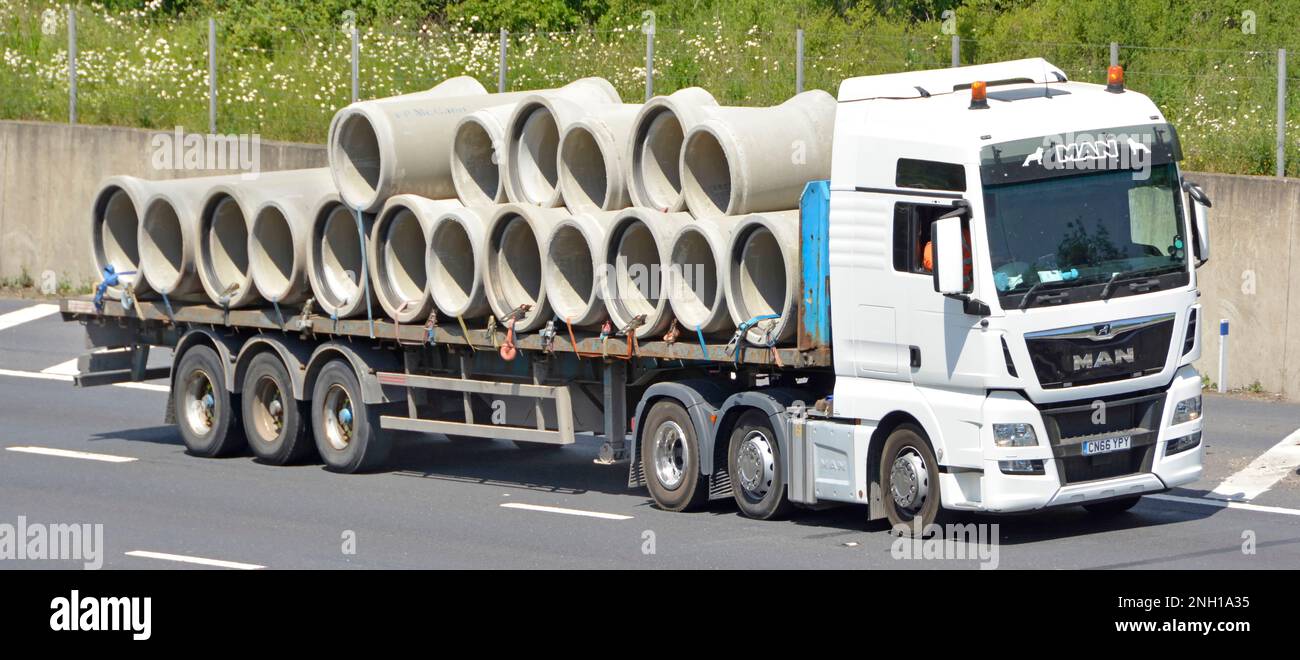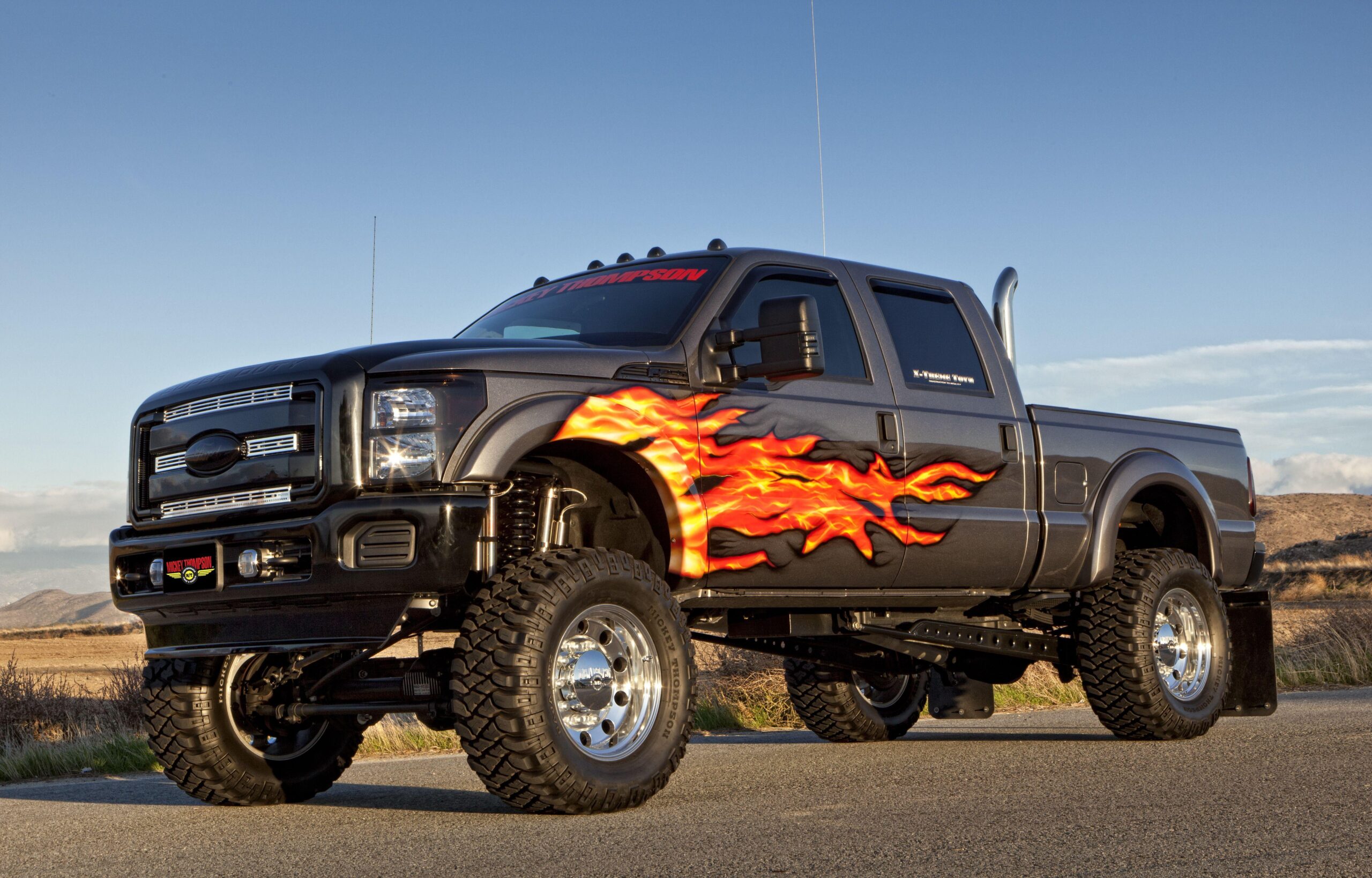Lorry Parts Names: A Comprehensive Guide to Understanding Your Commercial Vehicle cars.truckstrend.com
The roar of a powerful engine, the glint of chrome, and the sheer scale of a lorry dominating the highway are testaments to incredible engineering. But beneath that impressive exterior lies a complex ecosystem of components, each playing a critical role in the vehicle’s operation, safety, and efficiency. For fleet managers, mechanics, drivers, and even curious enthusiasts, understanding the myriad of "Lorry Parts Names" is not just a matter of technical jargon; it’s fundamental to effective maintenance, troubleshooting, and ensuring the longevity and optimal performance of these vital workhorses.
This comprehensive guide aims to demystify the internal workings of a lorry, breaking down its essential components into logical categories. By the end, you’ll have a much clearer picture of what makes these magnificent machines tick, empowering you with the knowledge to make informed decisions regarding their care and upkeep.
Lorry Parts Names: A Comprehensive Guide to Understanding Your Commercial Vehicle
The Engine and Fuel System: The Heartbeat of the Lorry
At the core of any lorry is its engine, the powerhouse that converts fuel into motion. Understanding its key components is paramount for diagnosing performance issues and ensuring efficient operation.
- Cylinder Block: The main structural component of the engine, housing the cylinders where combustion occurs.
- Cylinder Head: Sits atop the cylinder block, containing the valves, camshafts, and sometimes the fuel injectors.
- Pistons & Connecting Rods: Pistons move up and down within the cylinders, driven by combustion, and transfer this motion via connecting rods to the crankshaft.
- Crankshaft: Converts the reciprocating (up-and-down) motion of the pistons into rotational motion, which drives the transmission.
- Camshaft: Controls the opening and closing of the engine’s intake and exhaust valves.
- Valves (Intake & Exhaust): Regulate the flow of air and fuel into, and exhaust gases out of, the combustion chambers.
- Fuel Injectors: Precisely spray fuel into the combustion chambers (or intake manifold) for ignition.
- Fuel Pump: Delivers fuel from the tank to the engine’s injection system.
- Turbocharger/Supercharger: Increases engine power by forcing more air into the combustion chambers.
- Intercooler: Cools the compressed air from the turbocharger before it enters the engine, increasing air density and power.
- Radiator: Dissipates heat from the engine’s coolant, preventing overheating.
- Oil Pump & Oil Filter: Circulates lubricating oil throughout the engine and filters out contaminants, respectively.
- Air Filter: Cleans incoming air before it enters the engine, protecting internal components.



Practical Insight: Regular checks of fluid levels (oil, coolant), air filter condition, and listening for unusual engine noises can prevent minor issues from escalating into costly repairs. Knowing the names helps you communicate issues accurately to a mechanic.
The Chassis and Suspension System: The Foundation of Strength and Stability
The chassis forms the skeleton of the lorry, supporting all other components, while the suspension system ensures a smooth ride, stability, and proper weight distribution.
- Chassis Frame: The primary structural component, typically made of heavy-duty steel, to which all other parts are attached.
- Axles (Front & Rear): Support the vehicle’s weight and include the wheels, bearings, and braking components.
- Leaf Springs: Common in heavy lorries, these are layered metal strips that flex to absorb shocks and support weight.
- Coil Springs: Spiral-shaped springs used in some suspension systems, particularly for lighter loads or specific designs.
- Shock Absorbers (Dampers): Control spring oscillations, preventing excessive bouncing and improving ride comfort and stability.
- Air Suspension Bags: In air suspension systems, these inflatable bags replace traditional springs, offering adjustable ride height and superior load leveling.
- U-bolts: Heavy-duty fasteners that secure leaf springs to the axles.
- Kingpins: Pivot points in the front axle that allow the wheels to steer.
- Wheel Hubs & Bearings: The assembly that holds the wheel and allows it to rotate smoothly.
Consideration: Proper alignment and healthy suspension components are crucial for tire longevity, fuel efficiency, and driver comfort. Overloading can severely damage chassis and suspension parts.
The Braking System: Ensuring Safety and Control
A lorry’s braking system is arguably its most critical safety feature, designed to bring massive loads to a controlled stop. Most modern lorries use air brakes.
- Brake Drums/Discs: The rotating components that the brake shoes/pads press against to create friction and slow the wheel.
- Brake Pads/Shoes: Friction material components that press against the drums or discs. Pads are used with discs, shoes with drums.
- Brake Calipers: In disc brake systems, these clamp the brake pads against the disc.
- Brake Chambers: Air-powered actuators that push the slack adjusters and apply the brakes.
- Slack Adjusters: Mechanical devices that adjust the distance between the brake shoes/pads and the drum/disc to compensate for wear.
- Air Tanks (Reservoirs): Store compressed air for the braking system and other air-powered components.
- Air Compressor: Generates compressed air for the braking system.
- Air Dryer: Removes moisture and contaminants from the compressed air to prevent system damage.
- Brake Lines/Hoses: Tubes that carry compressed air (or hydraulic fluid in some systems) to the brake components.
- ABS (Anti-lock Braking System) Modulator: Prevents wheels from locking up during heavy braking, allowing the driver to maintain steering control.
Tip: Regular inspection of brake pads/shoes, air lines, and air tank draining are essential maintenance tasks. Any reduction in braking performance demands immediate attention.
The Transmission and Drivetrain: Powering Movement
The transmission and drivetrain components work in tandem to transfer power from the engine to the wheels, allowing for varying speeds and torque.
- Gearbox (Transmission): Contains a series of gears that allow the driver to select different ratios for varying speeds and torque demands. Can be manual, automatic, or automated manual (AMT).
- Clutch Assembly: In manual transmissions, the clutch (comprising the pressure plate, clutch disc, and release bearing) disengages the engine from the gearbox to allow for gear changes.
- Propeller Shaft (Driveshaft): A rotating shaft that transmits power from the transmission to the differential.
- Universal Joints (U-Joints): Flexible couplings in the propeller shaft that allow for changes in angle as the suspension moves.
- Differential: A gear assembly in the axle that allows the wheels on the same axle to rotate at different speeds, crucial for turning.
- Axle Shafts: Transmit power from the differential to the wheels.
Actionable Insight: Smooth gear changes and a responsive clutch indicate a healthy transmission. Pay attention to grinding noises or difficulty shifting, which could signal issues with these components.
The Steering System: Directing the Path
The steering system allows the driver to control the direction of the lorry, converting the rotation of the steering wheel into movement of the front wheels.
- Steering Wheel: The primary input device for the driver.
- Steering Column: Connects the steering wheel to the steering box.
- Steering Box (Gearbox): Contains gears that multiply the driver’s steering input and convert rotational motion into linear motion. Often power-assisted (power steering pump).
- Power Steering Pump: Provides hydraulic pressure to assist the driver in steering.
- Tie Rods & Drag Links: Rods that connect the steering box to the steering knuckles, transmitting the steering motion to the wheels.
- Steering Knuckles: The components around which the front wheels pivot when steering.
Important Consideration: Loose steering, excessive play in the steering wheel, or difficulty turning can indicate wear in steering components and should be addressed immediately for safety.
The Electrical and Lighting System: Powering Electronics and Visibility
The electrical system is the nervous system of the lorry, powering everything from ignition to infotainment, while the lighting system ensures visibility and safety, especially during night operations.
- Battery: Stores electrical energy to start the engine and power electrical components when the engine is off.
- Alternator: Generates electricity to recharge the battery and power the vehicle’s electrical systems while the engine is running.
- Starter Motor: An electric motor that cranks the engine to start it.
- Wiring Harness: Bundles of electrical wires that connect all the electrical components.
- ECU (Engine Control Unit) / ECM (Engine Control Module): The "brain" of the engine, controlling fuel injection, ignition timing, and other critical functions. Modern lorries have multiple ECUs for various systems.
- Lights (Headlights, Tail Lights, Indicators, Fog Lights): Essential for visibility and signaling.
- Fuses & Relays: Electrical safety devices that protect circuits from overcurrents and control high-current components, respectively.
- Sensors: Numerous sensors monitor various parameters (e.g., temperature, pressure, speed) and send data to the ECUs.
Challenge/Solution: Electrical faults can be notoriously difficult to diagnose. Regular checks of lights, battery terminals, and professional diagnostic scans can help identify issues early.
The Exhaust System: Managing Emissions
The exhaust system is responsible for channeling spent gases away from the engine, reducing noise, and treating emissions to comply with environmental regulations.
- Exhaust Manifold: Collects exhaust gases from the engine cylinders.
- Exhaust Pipes: Carry exhaust gases from the manifold to the tailpipe.
- Muffler (Silencer): Reduces exhaust noise.
- Catalytic Converter: Converts harmful pollutants in the exhaust gases into less toxic substances.
- DPF (Diesel Particulate Filter): Traps soot and particulate matter from diesel engine exhaust.
- SCR (Selective Catalytic Reduction) System: Uses Diesel Exhaust Fluid (DEF/AdBlue) to reduce nitrogen oxide (NOx) emissions.
Practical Advice: A healthy exhaust system is vital for environmental compliance and engine performance. Loud noises, excessive smoke, or a strong exhaust smell can indicate a problem.
Cabin and Body Components: Driver Comfort and Load Protection
While often overlooked in mechanical discussions, the cabin and body components are crucial for driver comfort, safety, and the protection of cargo.
- Cab (Cabin): The enclosed area where the driver operates the lorry, housing controls, seating, and often a sleeping bunk.
- Windshield & Windows: Provide visibility and protection.
- Mirrors (Side & Rear-view): Essential for blind spot awareness and maneuvering.
- Seats: Designed for long-haul comfort, often air-suspended.
- Dashboard & Instrument Cluster: Display vital vehicle information (speed, RPM, fuel, warning lights).
- Steering Column & Controls: Houses various levers and buttons for wipers, lights, cruise control, etc.
- Bumper & Grille: Front-end components for protection and aesthetics.
- Mudguards (Fenders): Prevent spray from tires.
- Trailer Coupling (Fifth Wheel): The mechanism that connects the tractor unit to the semi-trailer.
Tip: A well-maintained and comfortable cabin contributes significantly to driver well-being and reduces fatigue, leading to safer operations.
Practical Advice for Lorry Parts Management
- Source Genuine or Reputable Aftermarket Parts: While aftermarket parts can be cheaper, ensure they meet quality standards. OEM (Original Equipment Manufacturer) parts offer guaranteed fit and performance.
- Understand Part Numbers: Most lorry parts have unique numbers. Knowing these greatly assists in ordering the correct replacement.
- Regular Inspections: Proactive maintenance and visual inspections can catch failing parts before they lead to breakdowns.
- Keep Records: Maintain a log of all parts replaced, including dates and mileage. This helps track maintenance schedules and identify recurring issues.
- Professional Consultation: For complex issues, always consult with certified lorry mechanics. They have the diagnostic tools and expertise to identify and replace parts correctly.
Sample Lorry Parts Price Guide
Prices for lorry parts can vary significantly based on the lorry’s make and model, part brand (OEM vs. aftermarket), quality, region, and supplier. The table below provides illustrative price ranges for common lorry parts and should be used as a general guide only. Always obtain specific quotes from suppliers.
| Lorry Part Name | Description | Illustrative Price Range (USD) | Notes |
|---|---|---|---|
| Brake Pads (Set) | Friction material for disc brakes | $100 – $350 | Per axle set, varies by material and brand. |
| Air Filter Element | Filters air entering the engine | $40 – $150 | Essential for engine health. |
| Alternator | Generates electricity for the vehicle | $300 – $900 | Remanufactured units often cheaper. |
| Headlight Assembly | Complete headlight unit | $250 – $800+ | Varies significantly by lorry model and technology (LED). |
| Leaf Spring (Single) | Part of the suspension system | $150 – $600+ | Price depends on length, layers, and load capacity. |
| Fuel Injector | Sprays fuel into the engine | $150 – $500+ (each) | Critical for fuel efficiency and performance. |
| Clutch Kit | Includes pressure plate, disc, and release bearing | $600 – $2,000+ | Major component for manual transmissions. |
| Shock Absorber | Dampens suspension movement | $80 – $300 (each) | Crucial for ride comfort and stability. |
| Water Pump | Circulates coolant through the engine | $100 – $400 | Essential for preventing engine overheating. |
| Diesel Particulate Filter (DPF) | Traps soot from exhaust gases | $1,000 – $5,000+ | Highly regulated, expensive replacement. |
Disclaimer: These prices are approximate and subject to change without notice. They do not include labor costs for installation. Always verify current prices with your supplier.
Frequently Asked Questions (FAQ) about Lorry Parts Names
Q1: Why is it important to know the names of lorry parts?
A1: Knowing part names enables accurate communication with mechanics and suppliers, aids in diagnosing problems, helps you understand repair quotes, and allows for more informed decision-effectual maintenance and purchasing decisions.
Q2: What’s the difference between OEM and aftermarket lorry parts?
A2: OEM (Original Equipment Manufacturer) parts are made by the same company that supplied the parts for the lorry when it was new, offering guaranteed fit and quality. Aftermarket parts are produced by other companies and can be more affordable but vary in quality.
Q3: How often should lorry parts be replaced?
A3: Replacement intervals vary greatly by part. Some, like filters and fluids, are part of routine maintenance. Others, like major engine or transmission components, are replaced only when they fail or show significant wear. Consult your lorry’s maintenance manual for specific schedules.
Q4: Can I replace lorry parts myself?
A4: Simple tasks like changing filters, checking fluids, or replacing light bulbs might be manageable for those with mechanical aptitude and the right tools. However, complex repairs involving critical systems (brakes, engine, transmission) require specialized knowledge, tools, and safety precautions, and are best left to certified mechanics.
Q5: How can I ensure I’m getting genuine lorry parts?
A5: Purchase from authorized dealerships, reputable parts suppliers, or trusted distributors. Be wary of unusually low prices, and always check for proper branding, packaging, and any security seals.
Q6: What are the most common parts that need replacing in a lorry?
A6: Common wear-and-tear items include brake pads/shoes, filters (air, oil, fuel), tires, belts, hoses, and suspension components like shock absorbers or leaf springs. Electrical components like batteries and lights also require periodic replacement.
Conclusion
Understanding the "Lorry Parts Names" is more than just memorizing a list of terms; it’s about gaining a fundamental appreciation for the intricate engineering that keeps our world moving. From the powerful engine and robust chassis to the life-saving braking system and intricate electrical network, each component plays a vital role.
By familiarizing yourself with these parts, their functions, and their typical maintenance requirements, you empower yourself to make smarter decisions regarding your fleet or individual vehicle. This knowledge translates directly into enhanced safety, improved operational efficiency, reduced downtime, and ultimately, a longer, more productive life for your valuable commercial asset. Invest the time to learn, and your lorry will repay you with reliable performance mile after mile.

